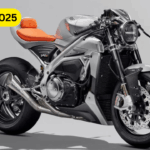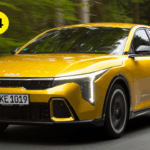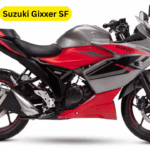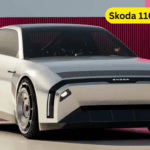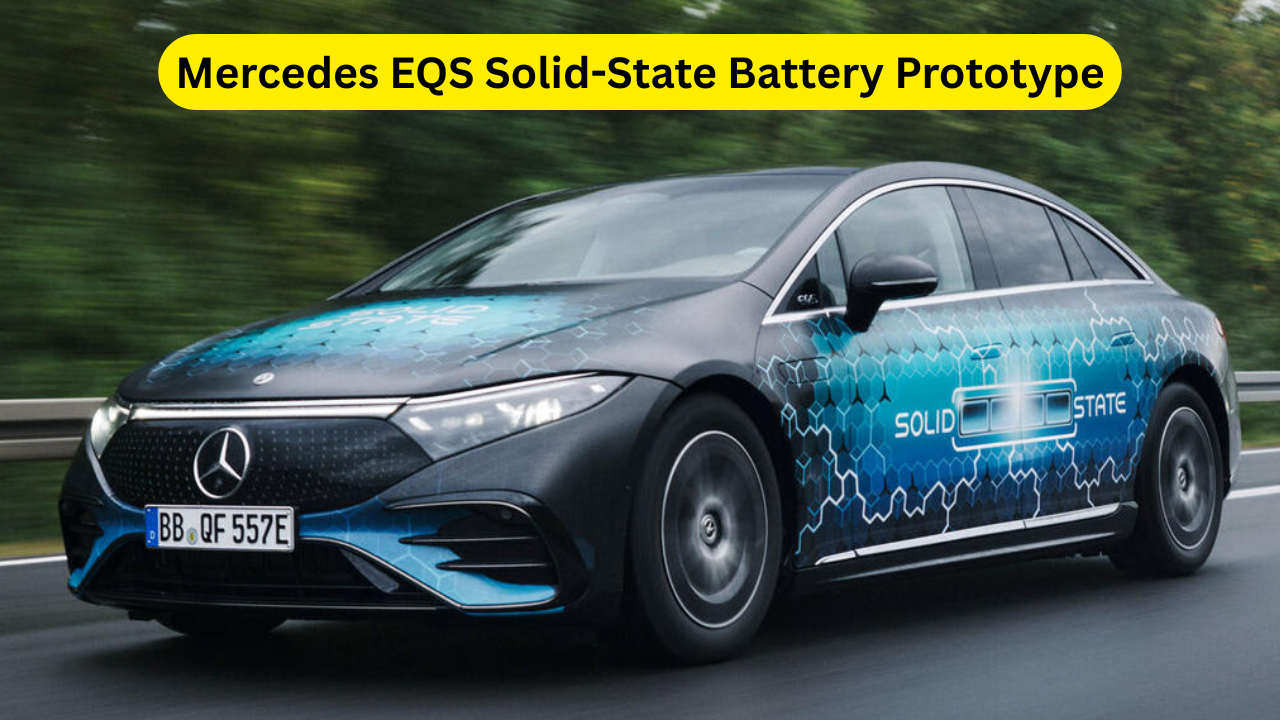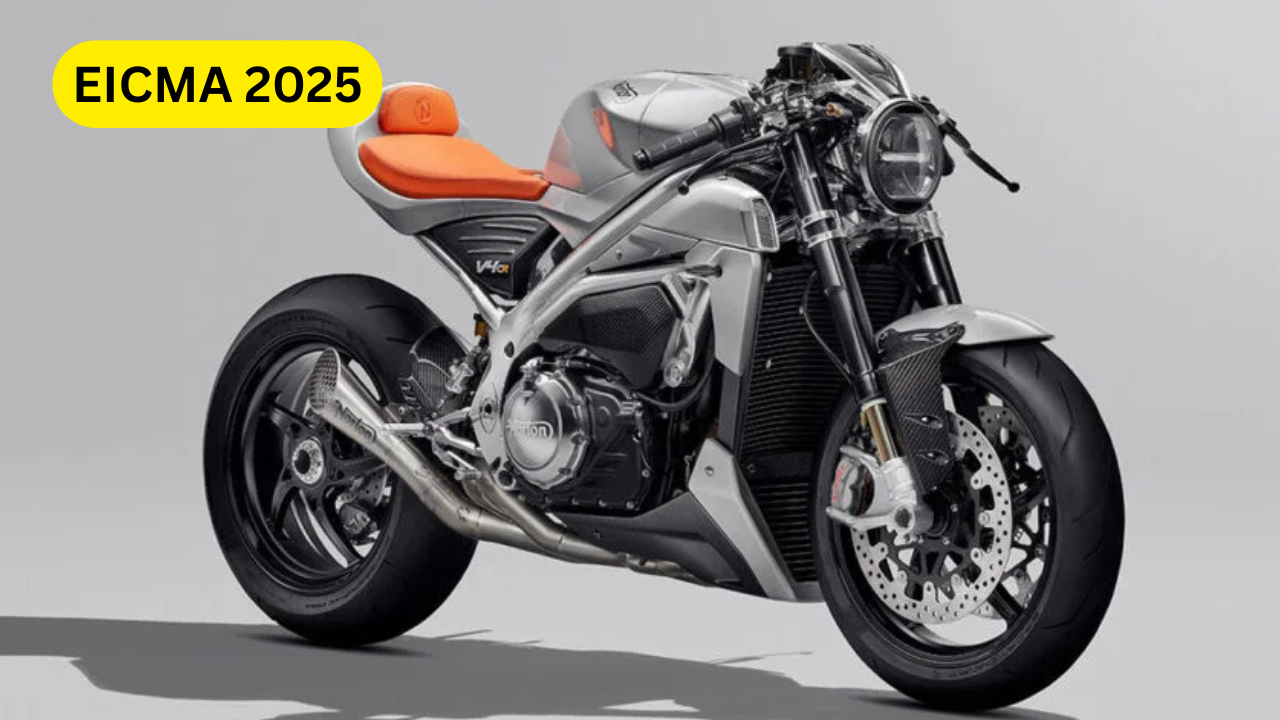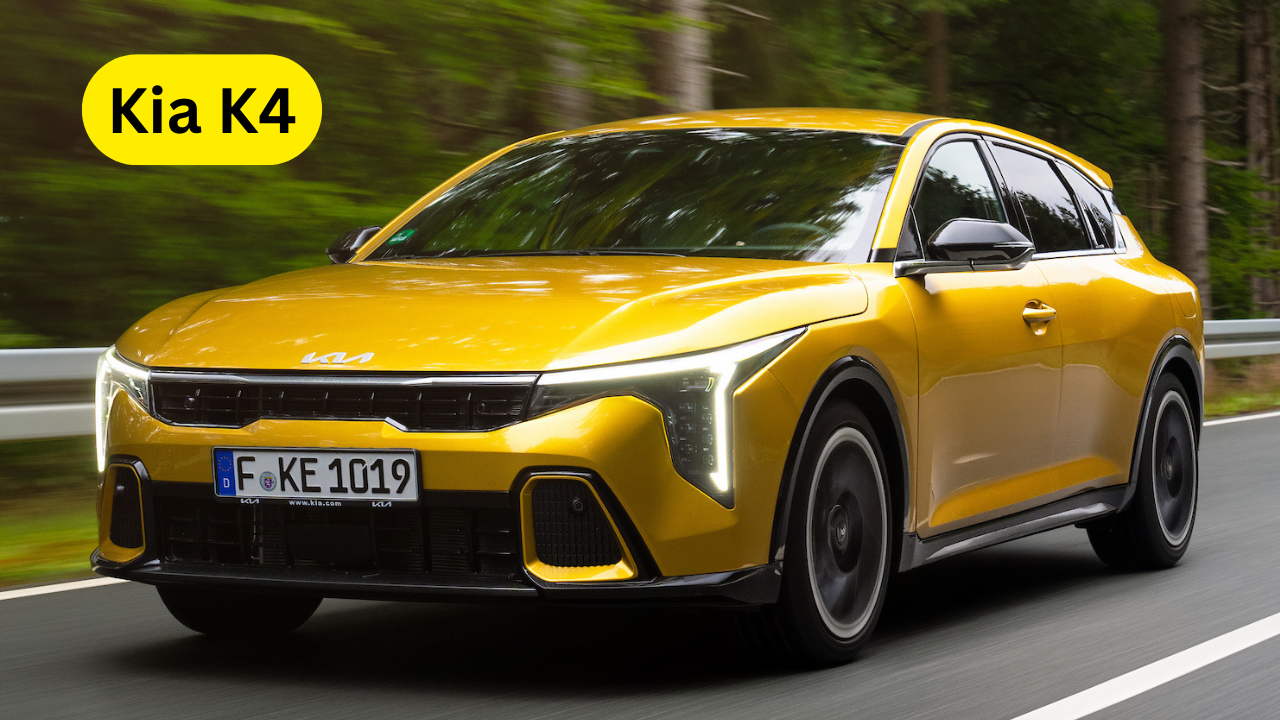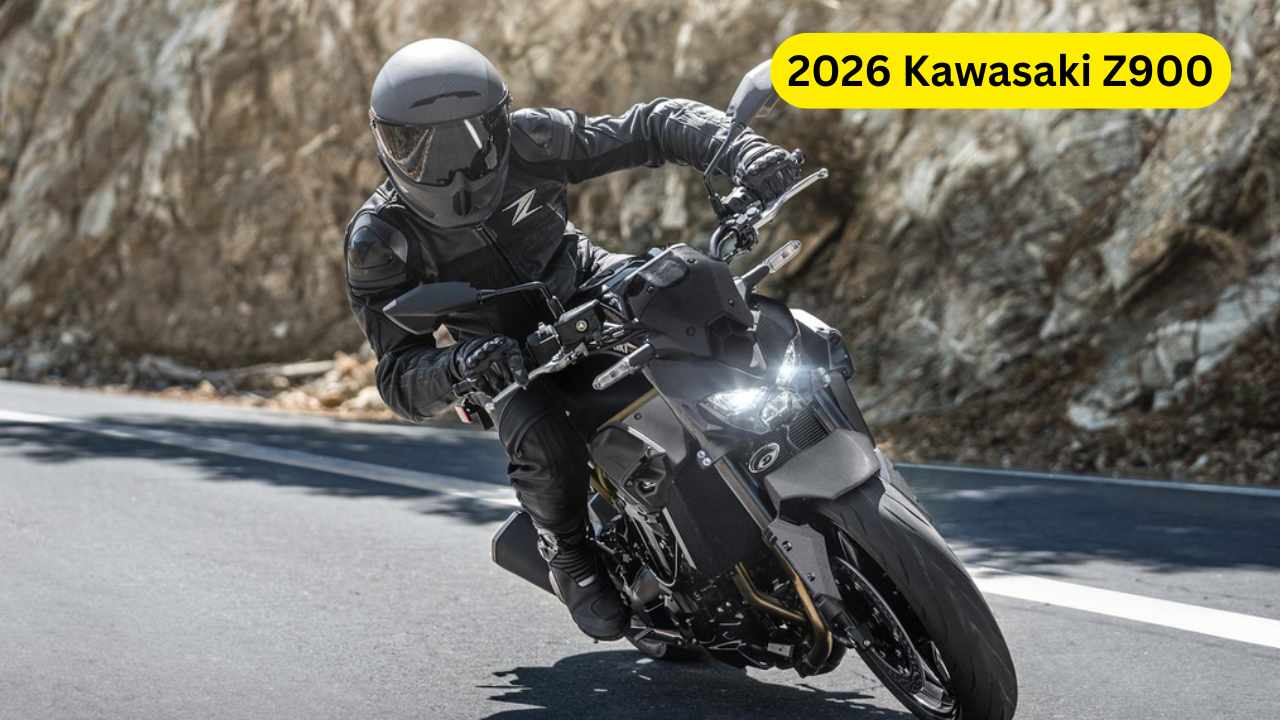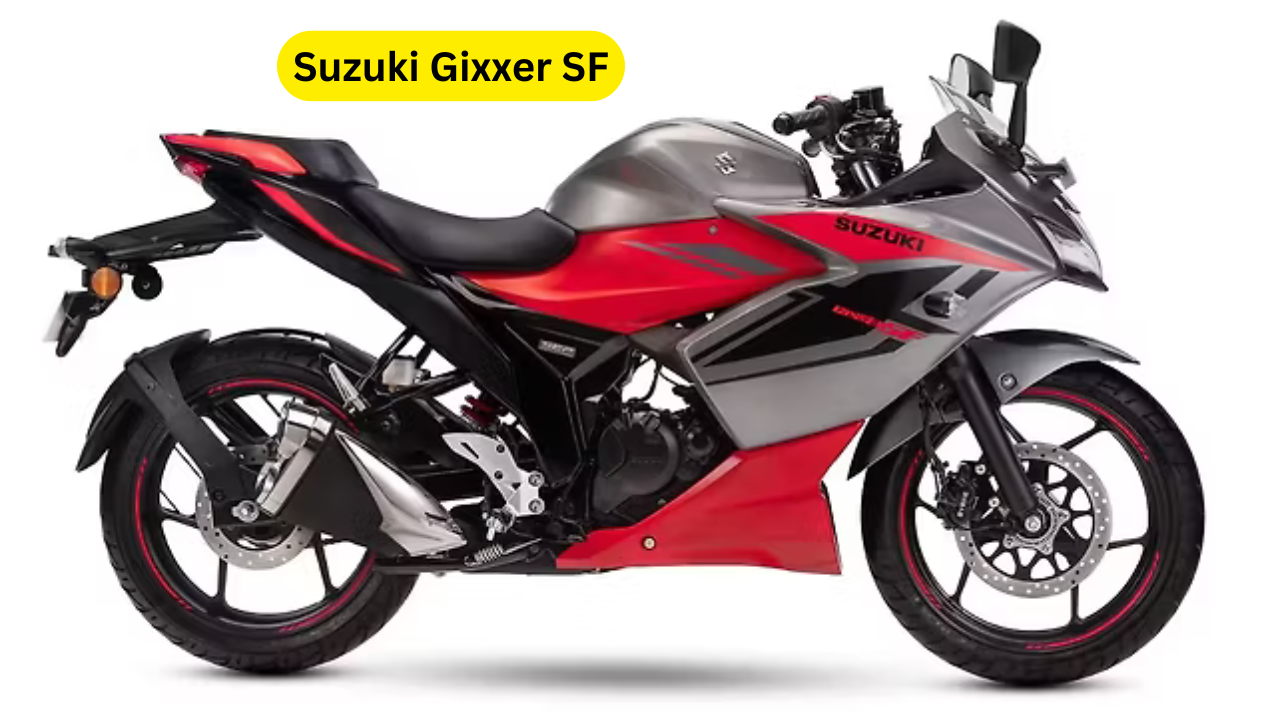Mercedes EQS Solid-State Battery Prototype: Mercedes-Benz has achieved a remarkable breakthrough in electric vehicle (EV) technology by equipping its EQS prototype with a solid-state battery and completing an extraordinary 749-mile journey without stopping to recharge. This milestone marks one of the most significant advances in battery tech in recent years, as solid-state batteries are widely regarded as the future of electric mobility.
The test drive began in Stuttgart, Germany, and concluded in Malmö, Sweden, covering an extended route to simulate realistic driving conditions, including varying terrain and traffic, while avoiding ferry crossings. Remarkably, the prototype EQS arrived with 85 miles of range left in reserve, exceeding expectations and providing proof that solid-state battery technology can deliver unprecedented range and reliability in luxury electric vehicles.
Mercedes’ development of this battery marks a clear attempt to leapfrog current lithium-ion solutions, which typically limit high-range EVs to about 300-400 miles per charge. While the standard EQS currently achieves up to 481 miles of range, the prototype with the solid-state battery extended that by 25%, giving a projected range near 620 miles under normal conditions, with this test showcasing even more potential.
Specifications of the Mercedes EQS Solid-State Battery Prototype
| Feature | Details |
|---|---|
| Vehicle Model | Mercedes EQS Prototype |
| Battery Type | Solid-state battery (Factorial Energy cells) |
| Usable Range (Tested) | 749 miles |
| Range Left in Reserve | 85 miles |
| Standard EQS Range | Up to 481 miles (Lithium-ion battery) |
| Energy Density Increase | ~25% compared to lithium-ion pack |
| Battery Size & Weight | Comparable to lithium-ion pack |
| Cell Expansion Management | Floating cell case with pneumatic actuators |
| Test Route | Stuttgart, Germany → Malmö, Sweden (~630 miles + 100 miles detour) |
| Charging Stops During Test | Zero |
| Development Partner | Factorial Energy (US) |
| Engineering Base | Mercedes F1 facility, Brixworth, UK |
Breakthrough Battery Features
The solid-state battery technology represents a game-changer for the EV industry:
- Energy Density: 25% improvement over conventional lithium-ion batteries, allowing for longer driving distances.
- Compact & Lightweight: Despite the increased energy capacity, the battery pack’s weight and footprint are comparable to standard EQS lithium-ion packs.
- Longevity & Stability: Pneumatic actuators help manage cell expansion and contraction during operation, improving lifespan and reliability.
- Comfort & Efficiency: Enables longer, uninterrupted drives without the need for frequent recharging, promoting driver convenience and peace of mind.
Mercedes CTO Markus Schäfer called the technology a “gamechanger,” highlighting the successful long-range test as proof that the future of electric driving lies in solid-state solutions.
Performance Insights
In addition to exceptional range, the Mercedes EQS prototype offers:
- Seamless Energy Delivery: The solid-state battery allows for consistent power output and stability.
- Long-Distance Comfort: No charging interruptions enhance driver and passenger comfort, critical for luxury travel experiences.
- Sustainability Edge: More efficient energy use translates to better environmental performance compared to traditional battery solutions.
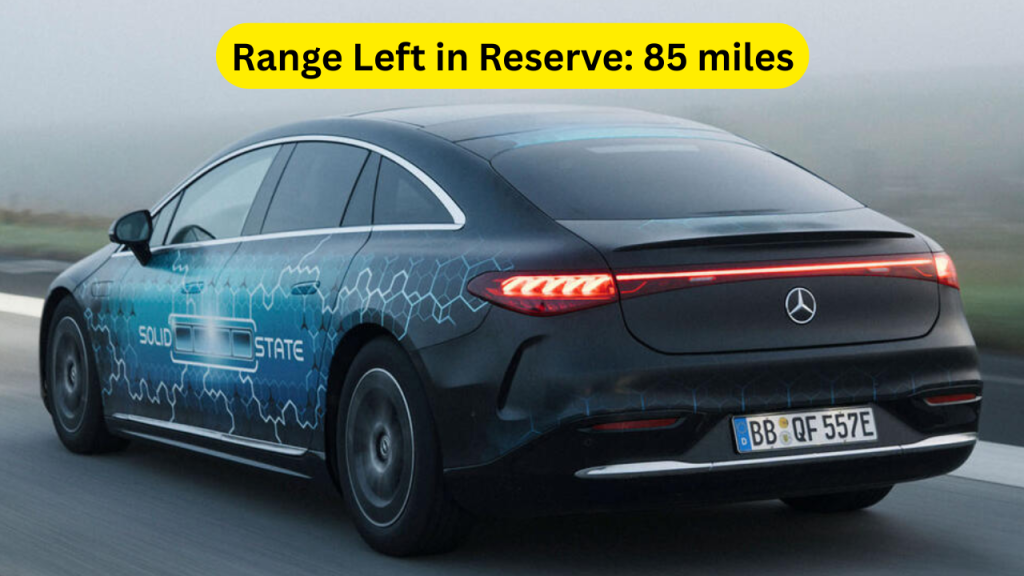
Design and Technology
Although the prototype’s external design remains largely identical to the standard Mercedes EQS, the real innovation lies under the skin. The chassis and body structure are already optimized for aerodynamics and comfort, but the battery tech sets it apart as the most advanced EQS to date.
Inside, the vehicle retains Mercedes’ signature luxury touches, with high-end materials, advanced MBUX infotainment, and spacious seating, now supported by a powertrain that removes the range anxiety barrier commonly associated with EVs.
Launch Expectations
Mercedes aims to bring solid-state battery-powered vehicles to market this decade. The technology will likely debut in production EQS models first, followed by other electric Mercedes models. The solid-state system promises to revolutionize how electric cars are built and driven, focusing on:
- Longer driving range
- Faster charging (potentially below 10 minutes for significant range addition)
- Improved durability and safety
- Reduced weight compared to conventional battery packs
Also read: Polestar 5 Prototype Review: A Purist’s Electric Saloon
Conclusion
The Mercedes EQS prototype with a solid-state battery demonstrates a bold leap toward the future of electric mobility. With an impressive 749-mile range in real-world conditions, this test drive proves the potential of solid-state battery tech.
This development signals a major shift away from lithium-ion dominance and into a realm of EVs where extended range and stability are standard, not optional. The improved energy density and smart engineering – such as pneumatic actuators to manage cell behavior – suggest production models won’t just follow the prototype’s success but could surpass it.
Mercedes is firmly on the path to making solid-state batteries a reality for the market, targeting launches before 2030. This strategy aligns with rival automakers like Volkswagen, who are also pursuing solid-state breakthroughs.
In the luxury EV market, where range anxiety and long charge times remain key consumer concerns, the Polestar prototype’s performance promises to redefine expectations.
Frequently Asked Questions
1. What is a solid-state battery, and how does it differ from lithium-ion?
A solid-state battery replaces the liquid electrolyte found in conventional lithium-ion cells with a solid electrolyte. This allows for higher energy density, improved safety, faster charging, and longer lifespan. In the case of the Mercedes EQS prototype, the solid-state battery increased energy capacity by around 25% compared to lithium-ion while maintaining the same weight and footprint.
2. How far did the Mercedes EQS prototype drive on a single charge?
The prototype successfully drove 749 miles (1205 km) from Stuttgart, Germany, to Malmö, Sweden, without a single charging stop, and with 85 miles of range left in reserve, showcasing an unprecedented electric range.
3. When can consumers expect solid-state battery vehicles from Mercedes?
Mercedes aims to bring solid-state battery technology to market within this decade (before 2030), beginning with luxury models like the EQS. The success of this prototype paves the way for commercial production in the coming years.
4. What are the benefits of the solid-state battery in terms of safety and durability?
Solid-state batteries offer improved thermal stability and reduced fire risk compared to liquid electrolyte systems. The pneumatic actuator system used in the EQS prototype manages cell expansion and contraction, enhancing longevity and reliability.
5. Does the Mercedes EQS prototype offer fast charging?
While this specific test focused on long-range capability without recharging, solid-state batteries inherently enable faster charging rates, potentially adding hundreds of miles of range in under 10 minutes. Mercedes’ future production models are expected to offer ultra-fast charging solutions in line with this breakthrough tech.

I am and writer of Bwna.in. Here I personally publish every update, review and technology news related to mobile, car, bike, read more for you – that too in easy language.

